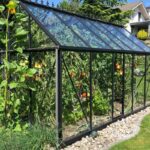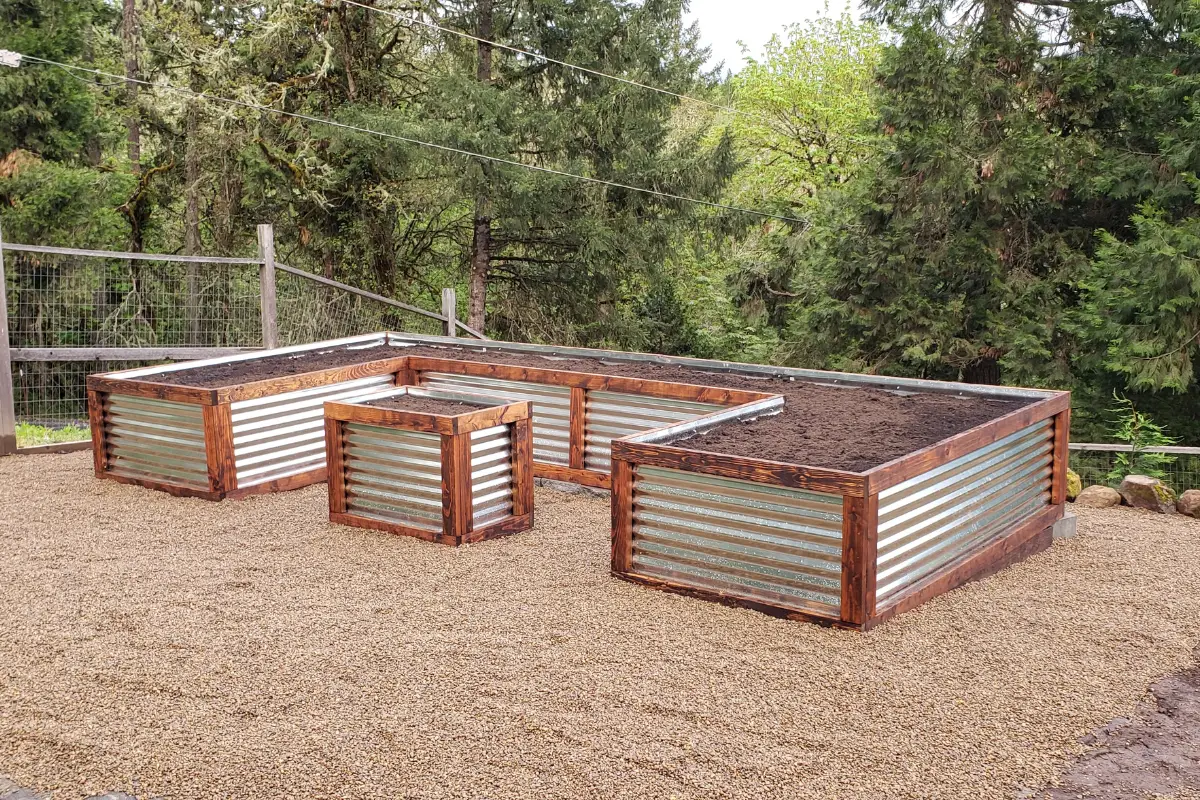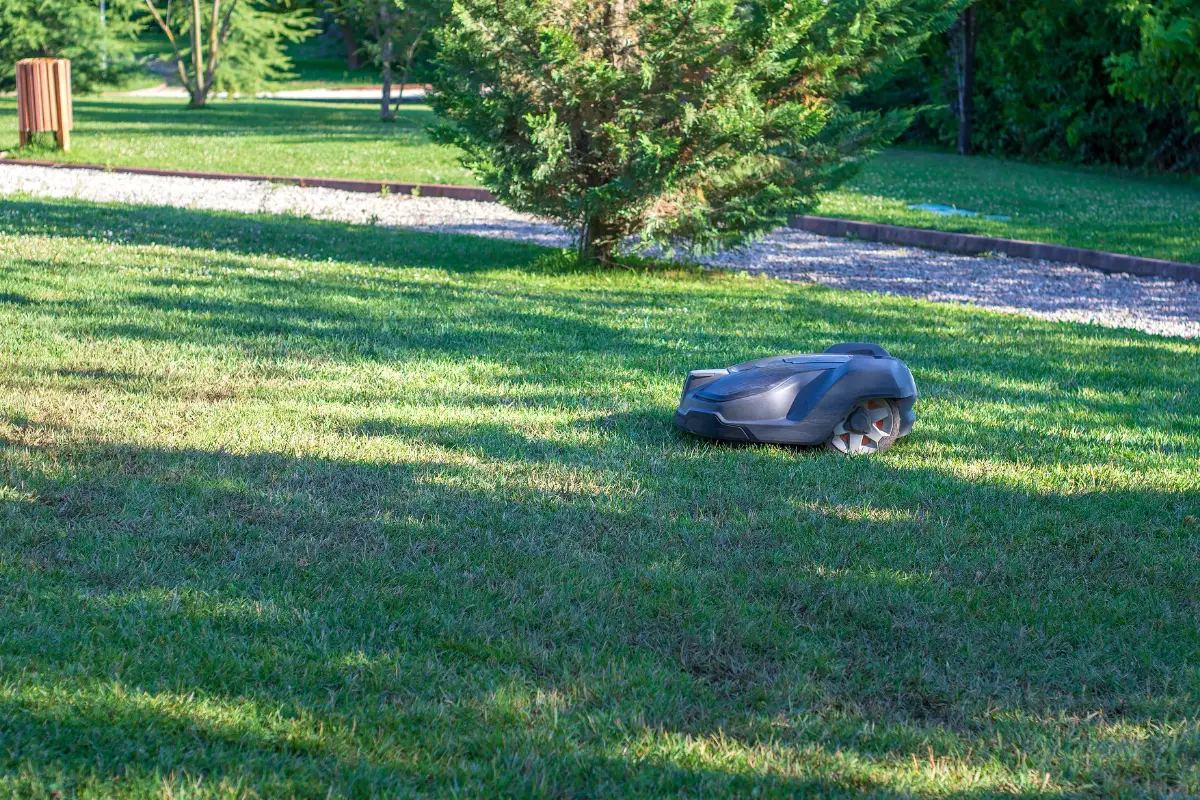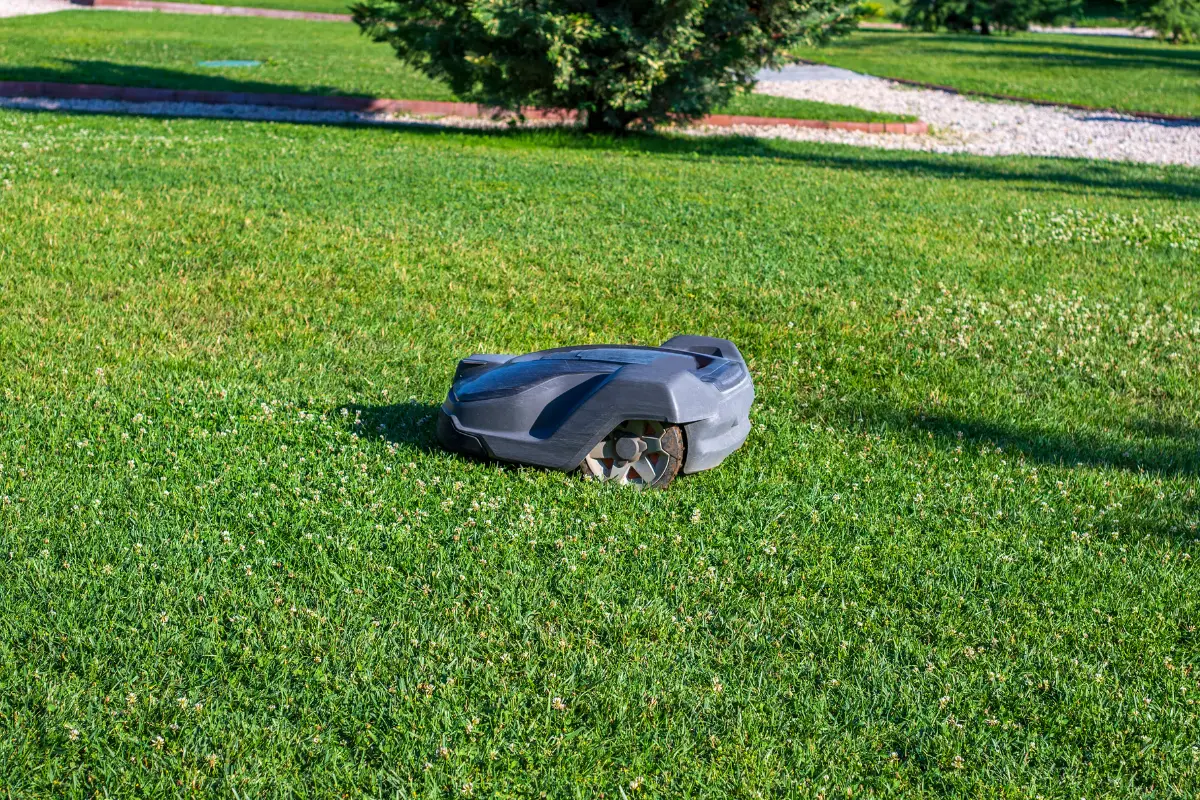Once you have your greenhouse set up, you’ll need to know how to heat it. Solar energy is a good option for heating your greenhouse.
It’s cost-efficient and better for the environment than other heating methods.
You can heat your greenhouse with solar panels. There are kits that already come with everything to easily collect solar energy. You can connect the system to your heaters and a battery backup if there isn’t enough sunlight for heat.
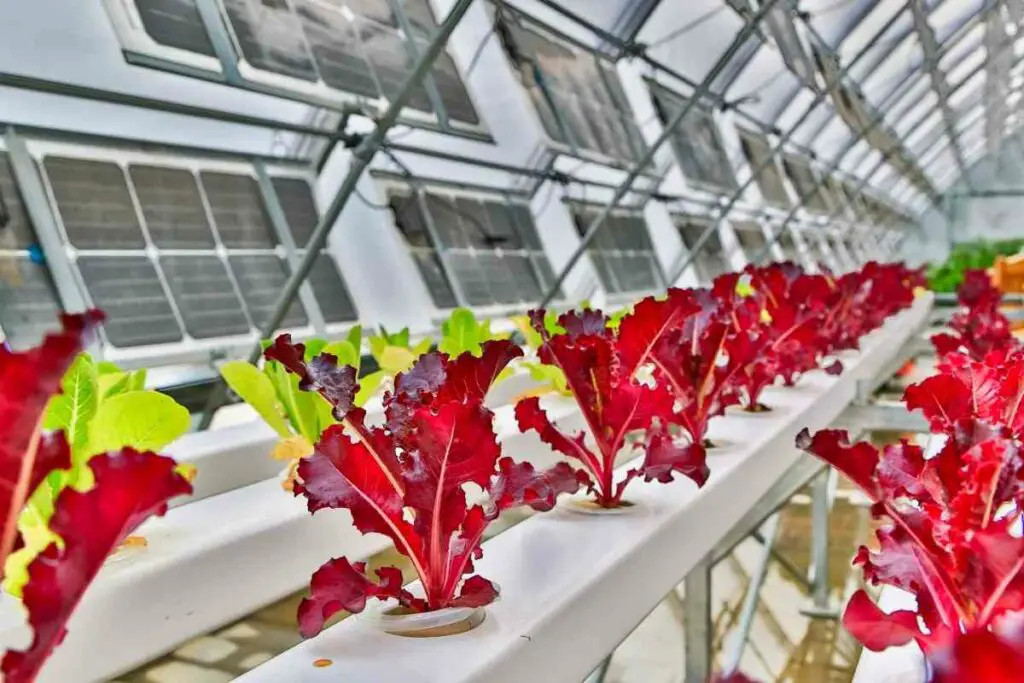
Table of Contents
Can You Heat a Greenhouse With Solar Panels?
You can heat a greenhouse with solar panels. You will need PV solar panels, an inverter, batteries, and a heater.
Keep in mind large greenhouses will need more equipment than small ones. So, if you’re setting up solar panels to create a greenhouse at home, you won’t have to spend as much.
The solar panels convert the sun into power during the day and store it in a battery. Then, during the night, when it’s colder, you can use the battery to run the space heater inside of the greenhouse.
Solar energy can also power fans to circulate warm air throughout the greenhouse.
No matter what method you use, it’s good to increase insulation inside the greenhouse. That way, you won’t have to spend as much money on heating.
How Do I Set Up Solar Panels For a Greenhouse?
How you install the solar panels will impact their effectiveness. Your solar panels sit perpendicular to the sun to catch the most rays.
You also want to make sure the solar panels are not in a shady area. They should stay fully exposed to the sun for several hours a day between nine in the morning and three in the afternoon.
From there, you can connect a battery to the solar panels. The battery collects all the energy that the panels convert during the day so that you can use it to power space heaters during the night. The solar panels can’t run the space heaters directly.
That’s why it’s essential to have other heat-generating methods during the day. Many gardeners use compost to generate heat inside of their greenhouses.
If your area has frigid winters, you will need other backup heating methods.
Your best option is to get a solar panel kit and follow the instructions included. Every kit is slightly different and may have additional instructions.
Prices pulled from the Amazon Product Advertising API on:
Product prices and availability are accurate as of the date/time indicated and are subject to change. Any price and availability information displayed on [relevant Amazon Site(s), as applicable] at the time of purchase will apply to the purchase of this product.
This solar panel kit is reliable and powerful. The heater is not included in this link.
Still, you should always ensure that the surface has total exposure to the sun during the day.
How Do I Set Up the Heater?
To set up the heater, you first choose between a 12 volt DC heater or a 250-watt A/C heater. The 12 volt DC heater connects directly to a charge controller, while the 250-watt A/C heater needs a DC to AC adapter.
It’s best to use solar energy to charge a battery, then use an inverter to convert the battery’s DC into AC, which powers the heater.
You’ll need a battery that can store enough solar energy to run during the coldest parts of the night.
How Do I Set Up the Batteries?
You want to have multiple batteries to have some backups if your main one runs out. The batteries should all be the same model.
First, connect the battery and solar panel to a charge controller. Doing so ensures the battery doesn’t get damaged.
Next, make sure to use a fuse between the positive side of the battery and the charge controller. Another should go between the positive wire on the solar panel and the battery.
Once you have the batteries installed, make sure to give them plenty of time to charge before removing them to connect to your space heaters.
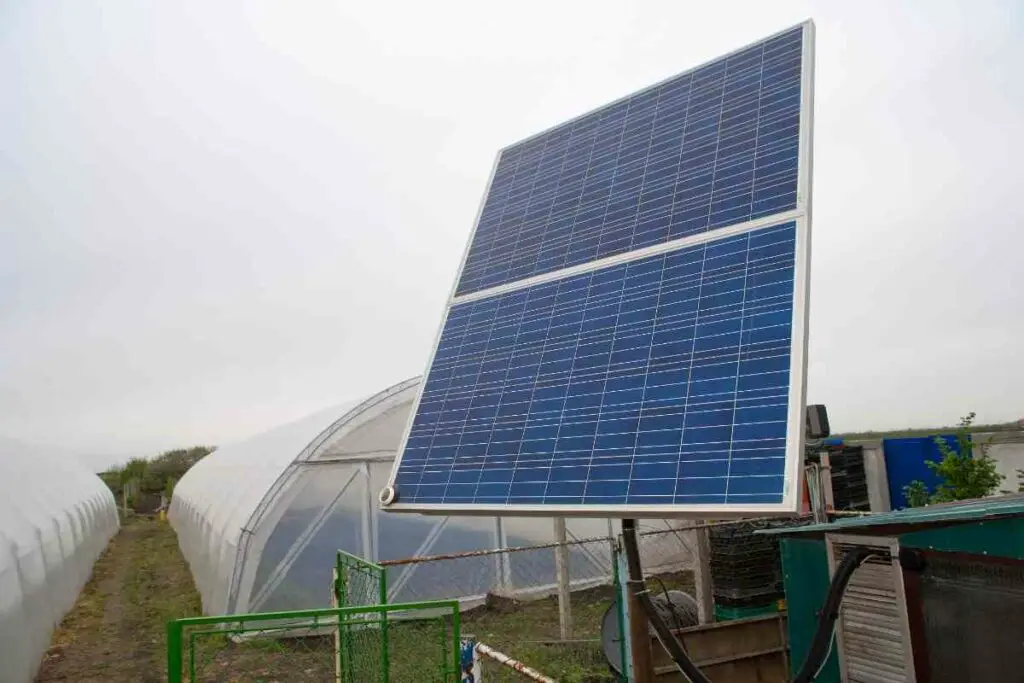
What Solar Panels Should I Choose?
Knowing what solar panels to use is essential in getting the best results. There are two types- monocrystalline and polycrystalline solar panels.
Both will work to run your solar heating system in the greenhouse. Each panel type will capture solar power and convert it into usable energy.
However, the differences are what you’ll need to consider. Polycrystalline solar panels are less expensive. However, they’re not as efficient as monocrystalline options.
Overall, a monocrystalline solar panel is best for a home greenhouse.
It’s more efficient, but you will need to pay more for it. However, since you’re not running a greenhouse on a large scale, this option suits you the best. It won’t be expensive after the initial setup costs.
How Many Solar Panels Will Heat a Greenhouse?
For heating 10,000 square feet, you’ll need 27 solar panels! However, if you’re looking to heat a home greenhouse, you shouldn’t need anywhere near that many.
Hobby greenhouses start at 6 x 4 feet in size. If you have one in that size, it’s only 24 square feet.
You should only need a single 3 x 5-foot solar panel to heat it- and that’s still going to collect way more power than what you need.
Larger hobby greenhouses can be up to 10 x 20 feet in size. These larger greenhouses contain 200 square feet, which would need one to two solar panels.
However, the odds are that your greenhouse isn’t this big unless you’re a professional gardener.
Overall, most DIY greenhouse gardeners won’t need more than a single solar panel to charge their batteries during the day.
You can find smaller solar panels online if you don’t want to use the big ones on your property.
When Don’t I Need Solar Panels?
Not every greenhouse needs electrical heating to be successful. These types of greenhouses are known as passive solar greenhouses.
The greenhouse structure creates plenty of heat, so you don’t need to run anything during the night.
For example, you compost inside the greenhouse, which generates heat. Your greenhouse also features a stone or concrete flooring that stores heat and continues to release it naturally during the night.
However, not every greenhouse can be passive like this. You likely won’t need solar panels if you live in a warmer area and have these features.
- How to Build a Planter Box for Bamboo: A Step-by-Step Guide

- Can Robotic Lawnmowers Handle Steep Slopes?

- Do You Need a Specific Lawn for a Robotic Lawnmower? Expert Advice

- Are Robotic Lawnmowers Safe for Pets and Children? Safety Features of Robotic Lawnmowers

- Why Use Robotic Lawnmowers? Advantages of Using a Robotic Lawnmower

- Is the GARDENA SILENO City 300 Cordless or Corded? A Clear Answer











